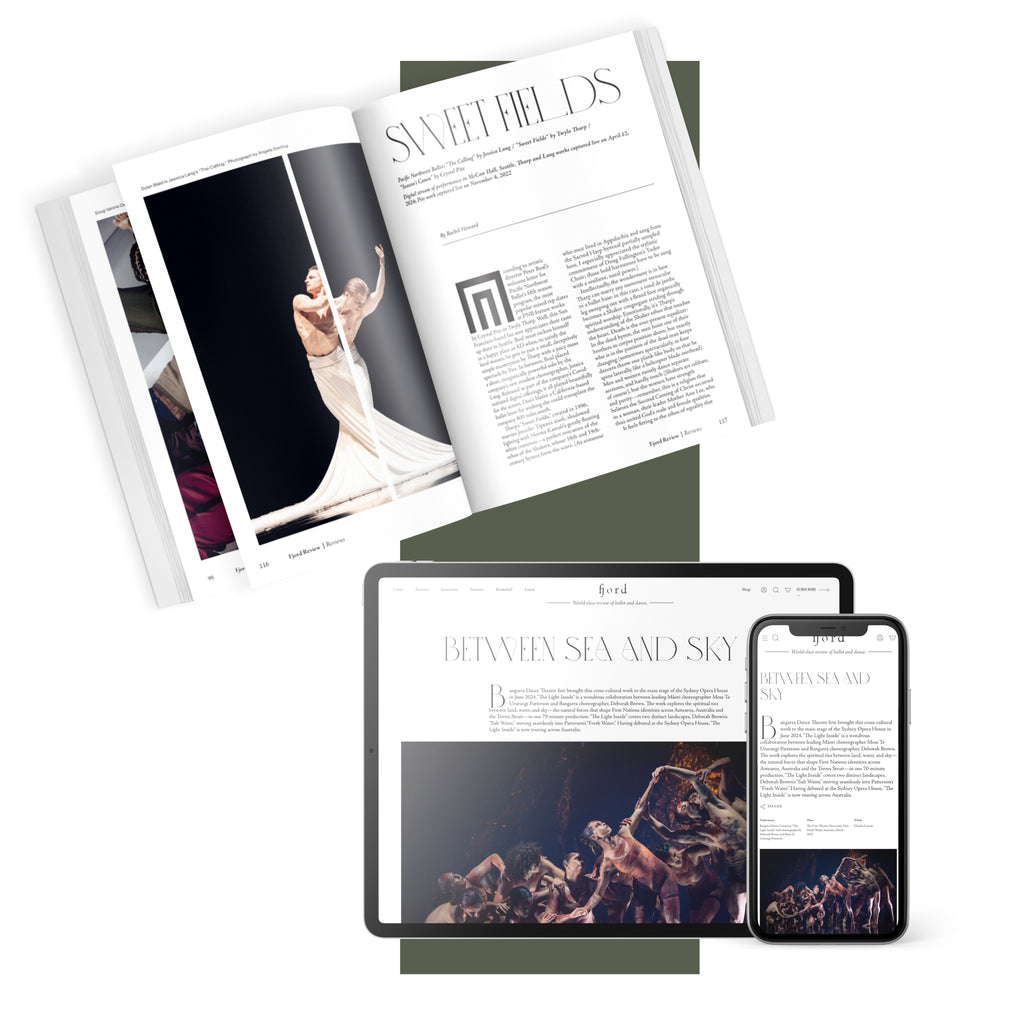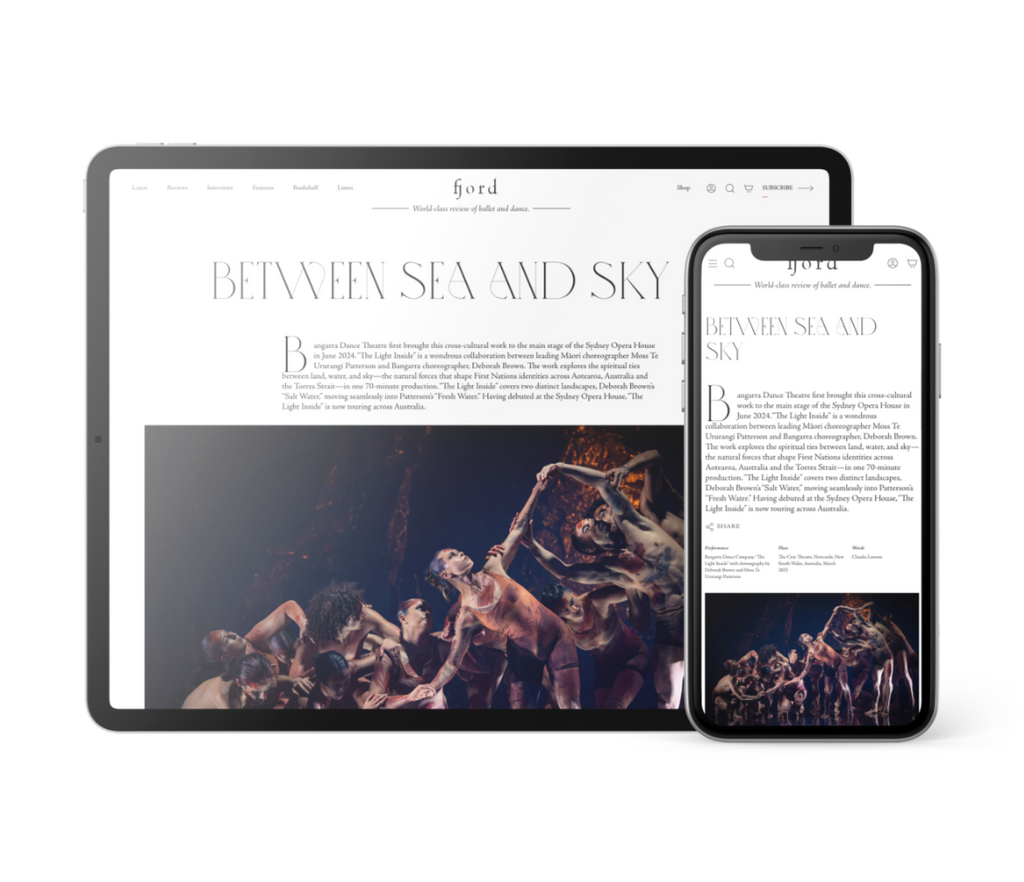These doors could also be dangerous, noted Quijada, and might “chop and dice a body,” with talk of “coyotes” bringing people across the border part of his soliloquy, as well. Whether Quijada, who, at times, bore a slight resemblance to actor Benicio del Toro, was trodding purposefully to stress the plight of the Mexican American, his story, a universal one, was, nevertheless too literal as a dance.
Gahunia’s plucked rhythmic mariachi music helped ease the mood, but this buffeting between cultures, wherein Quijada was fighting an invisible enemy (his being Mexican was at odds with his actually being American), or walking on eggshells to avoid being branded —wore on this writer.
And unfortunately, it got worse; much worse!
Quijada, because of our current political moment, must have decided it would be okay to devolve into the politicization of his experience and be the voice of protest by announcing, “America equals freedom—no more!” Playing this doctrinaire card in order to make a point, he burrowed further down the rabbit hole of invective, now in voice-over: Acknowledging that “my father did backbreaking work” to achieve the American dream, he then uttered, “I left my country and traveled north, but hadn’t heard of the Canadian dream.”
And whatever maneuvers—leaps, tumbling, lunges—the dancers deployed, nothing could compete with the sight of Quijada, under the glare of the house lights announcing, “The show’s not done,” because he had more to say, including the notion that he was grateful to be in L.A., “after living 25 years outside of the States.”
Okay, we get it, but when he reached into a paper bag and pulled out an American flag, the flag that he had pledged allegiance to, but was about to burn, he simply went too far. A cast member yelling, “Don’t’ do it,” then came bounding down from the aisle and onto the stage so that he could . . . throw water on Quijada and the flag.
A frenzy of floor-mopping and B-boy moves followed, the dancers also veering from jitterbugging to high kicks and somersaulting, with the choreographer announcing, “I didn’t want to be Mexican. Yo soy Americano!”
Quijada then added: “You don’t have to shout that you’re Mexican—just be,” which was actually something this reviewer could live with . . . but not as part of a dance work, sir.
“Por favor, solo baila!” Please, just dance!











comments